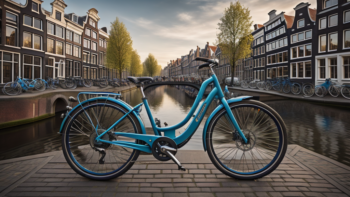
Electric Airplane Manufacturers
Listing Category by product
Electric Airplane Manufacturers: Leading the charge in sustainable aviation
Electric airplane manufacturers are revolutionizing the aerospace industry with advanced electric propulsion technology. Companies like Airbus with its E-Fan project, and Pipistrel with the Alpha Electro, are pioneering sustainable aviation. Startups like Eviation and Joby Aviation are pushing boundaries to make electric air travel cleaner, more efficient, and sustainable.
Electric Airplanes: A global shift toward sustainable flight
The electric airplane market is rapidly growing, driven by technological advancements in propulsion, battery efficiency, and environmental concerns. Governments, aerospace companies, and startups are investing heavily in electric aviation, transforming air travel into a more eco-friendly and cost-effective solution.
Key drivers of the Electric Airplane market
- Environmental impact
Electric airplanes offer a clean alternative to traditional aircraft by reducing emissions and eliminating fossil fuel dependence. - Technological progress
Advancements in electric propulsion and battery technology are improving performance, range, and efficiency, making electric air travel more viable. - Government support
Global policies, grants, and subsidies are accelerating the adoption of electric aircraft, driving innovation and market growth.
Regional developments in Electric Aviation
- North America: The U.S. and Canada are leading electric aircraft development, with programs like NASA’s Electric Aircraft Testbed promoting innovation.
- Europe: European countries are investing in R&D and infrastructure, with programs like the EU’s Clean Sky program supporting sustainable aviation.
- Asia-Pacific: Countries like China, Japan, and Singapore are advancing electric aviation to reduce emissions and ease congestion.
The future of Electric Airplanes
With continued innovation and expanding infrastructure, electric airplanes are set to reshape air travel. They offer a quieter, more sustainable, and cost-effective solution for the future of aviation. The global transition to electric flight is well underway, ushering in a new era of greener, more efficient air transportation.















